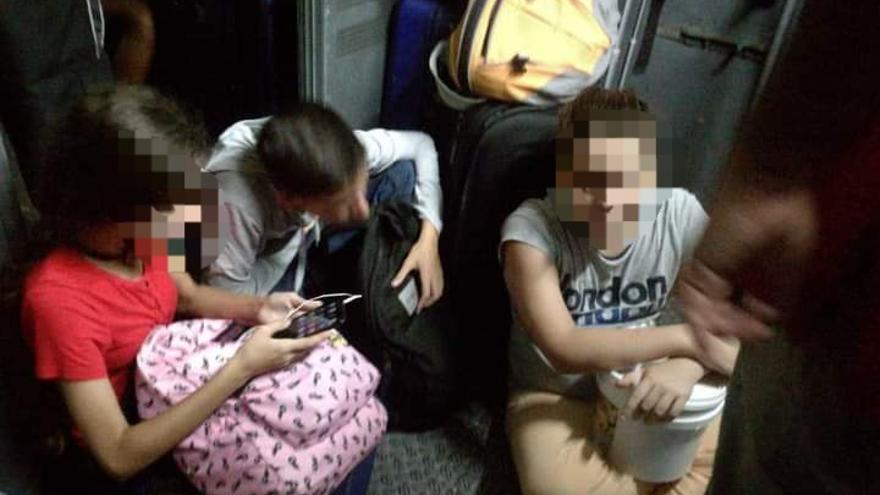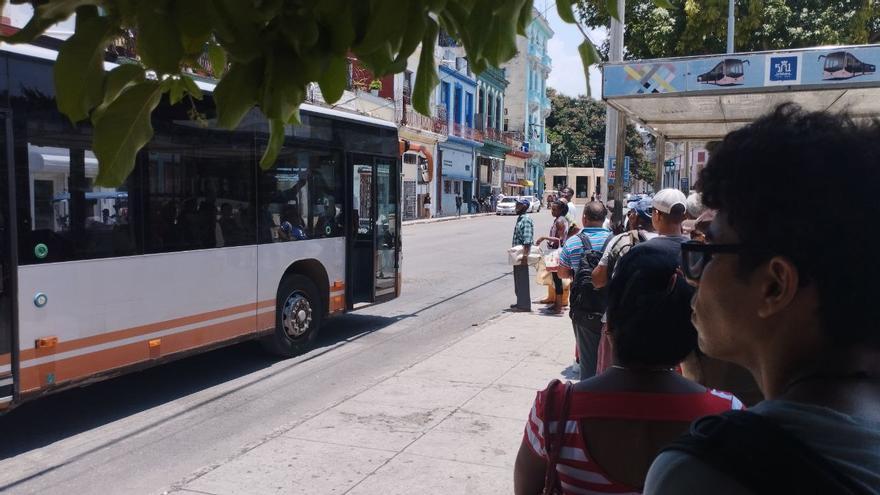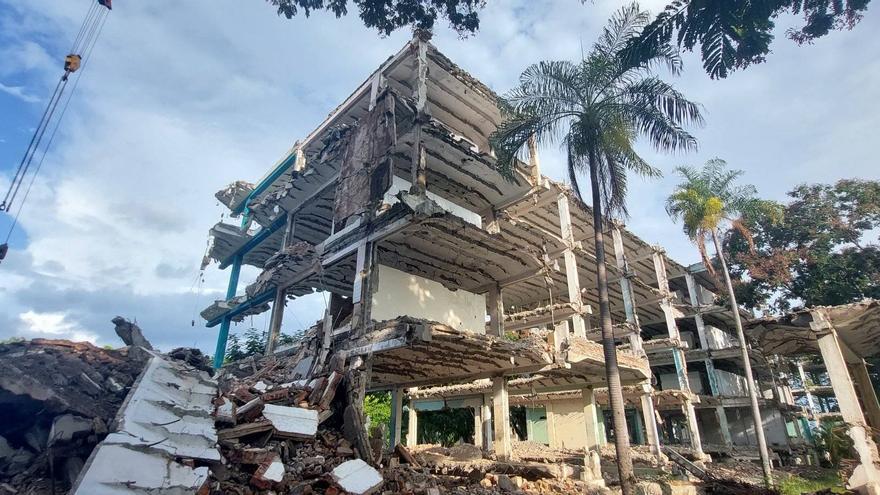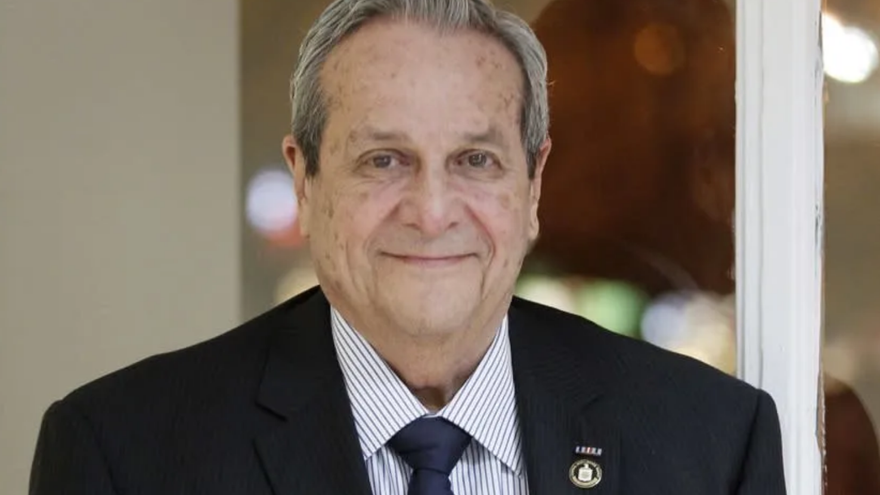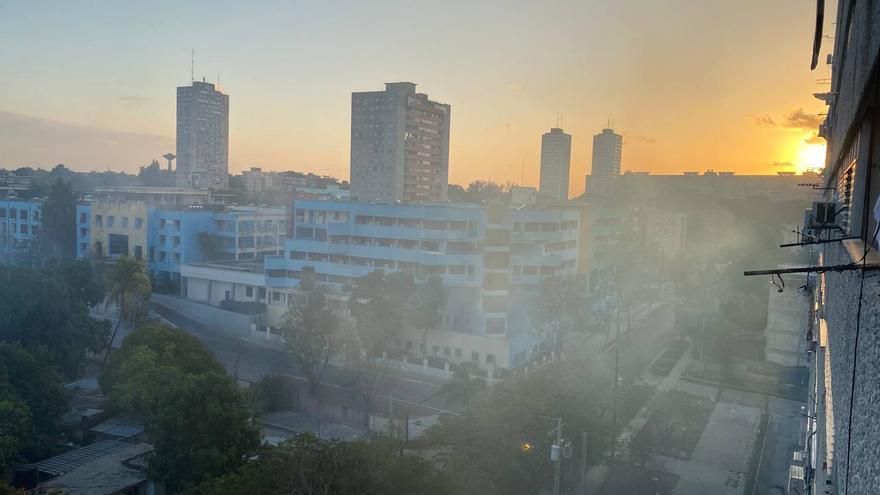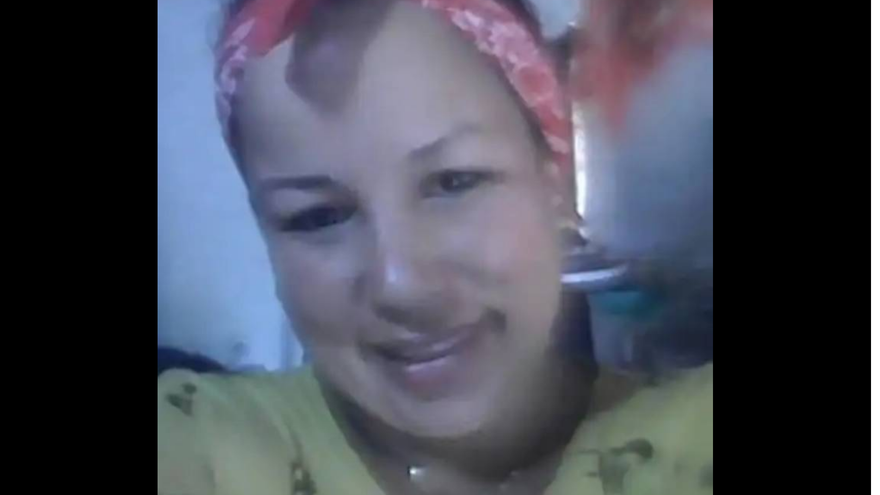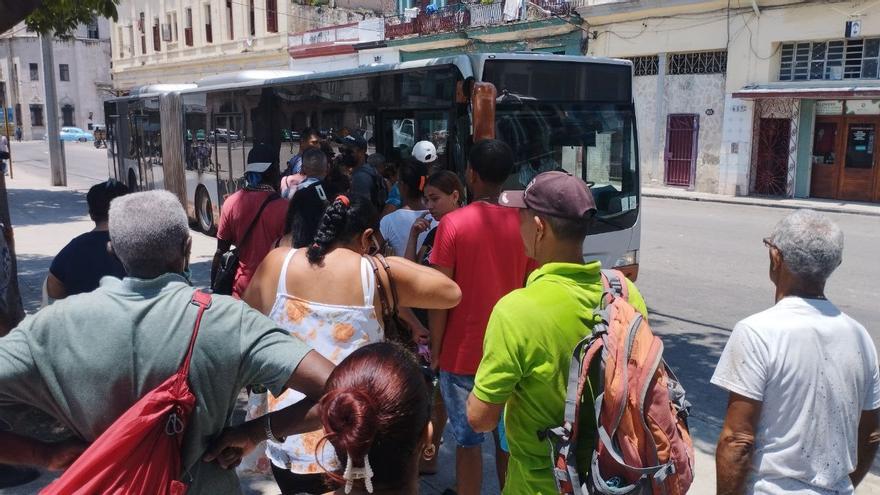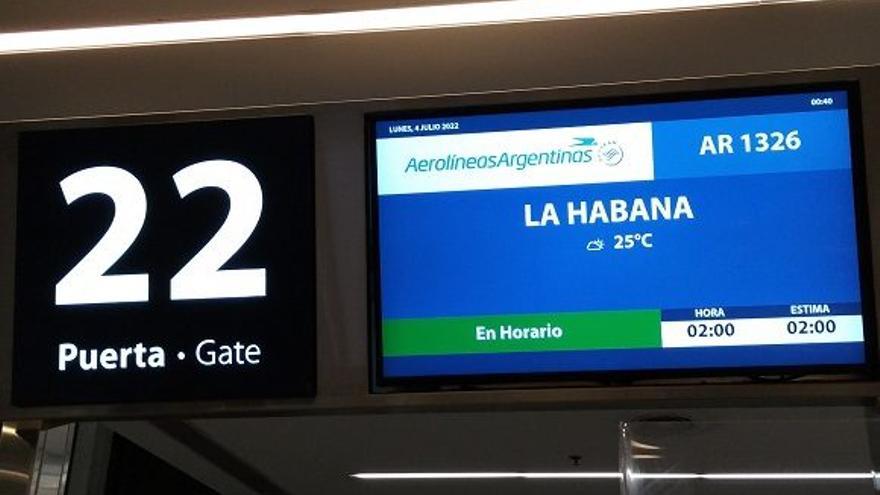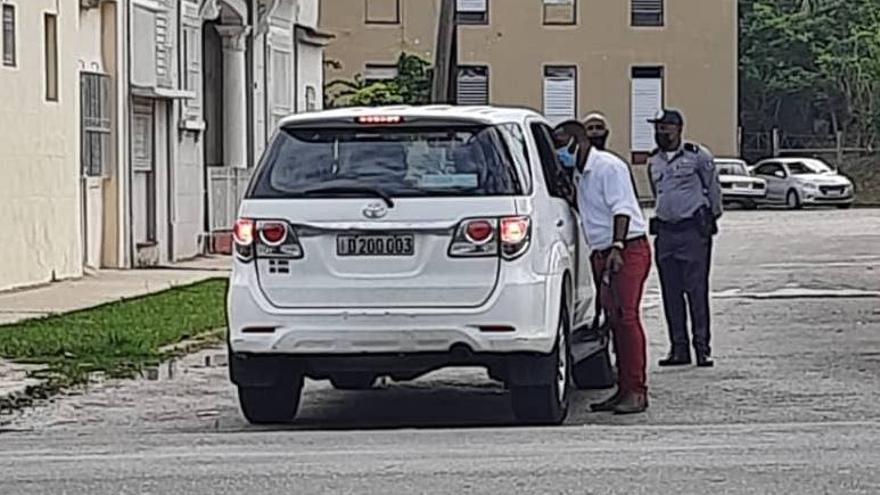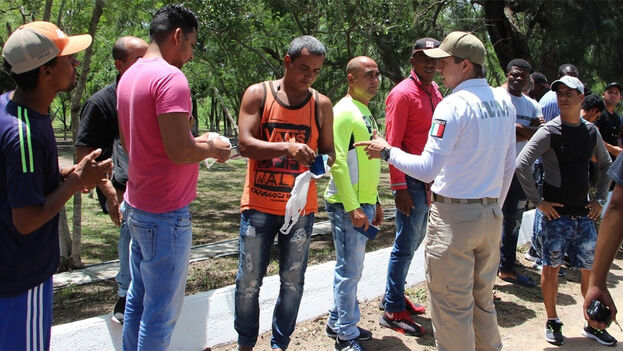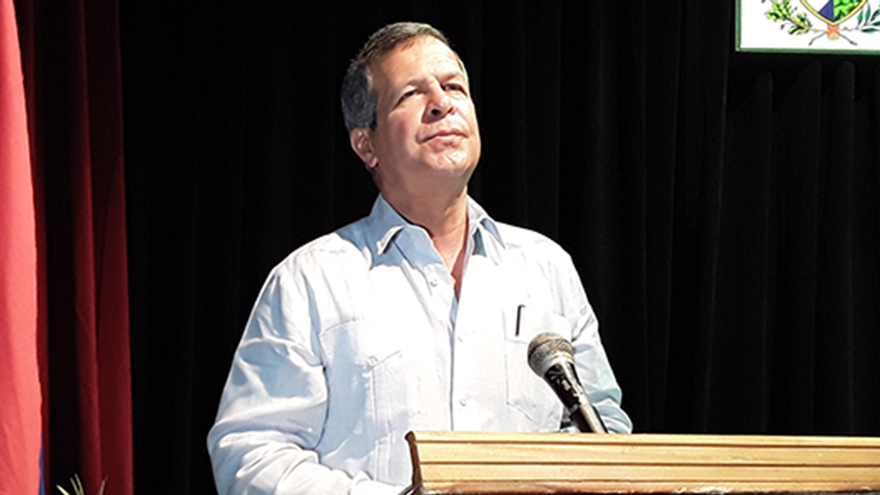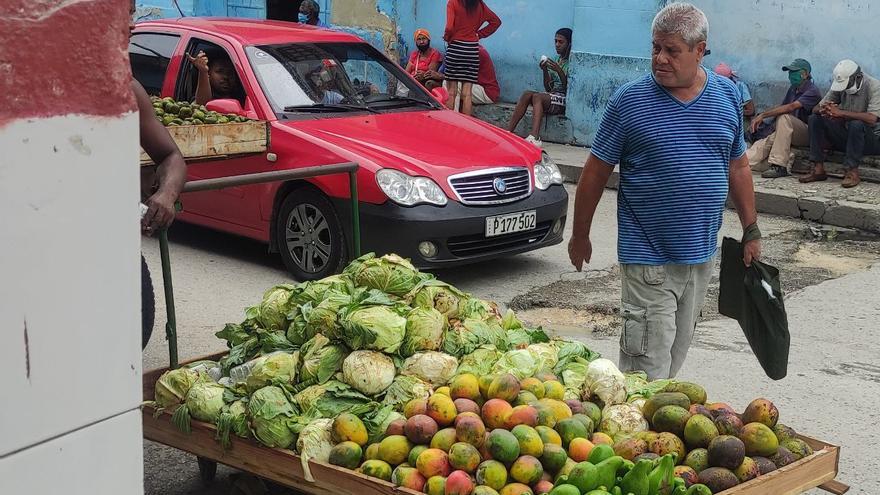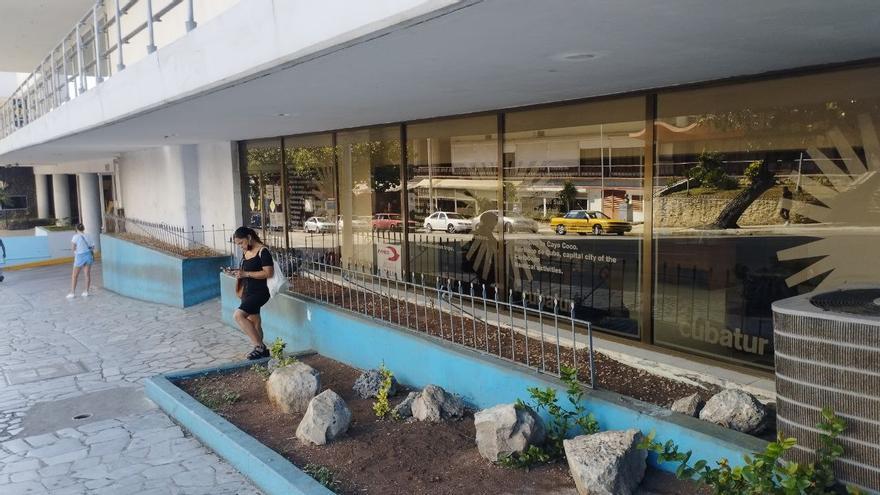
![]() 14ymedio, Juan Diego Rodríguez, Havana, 8 July 2022 — In the past, on a day like this Friday, after Havanatur announced the tourist packages for the start of the high season on the Island in October, the line in front of the Cubatur offices would have been as considerable as in previous years. It wasn’t the case today. The prices published by the state operator, whose cheapest rates do not fall below 4,000 pesos per night, are prohibitive for nationals.
14ymedio, Juan Diego Rodríguez, Havana, 8 July 2022 — In the past, on a day like this Friday, after Havanatur announced the tourist packages for the start of the high season on the Island in October, the line in front of the Cubatur offices would have been as considerable as in previous years. It wasn’t the case today. The prices published by the state operator, whose cheapest rates do not fall below 4,000 pesos per night, are prohibitive for nationals.
Thus, the three people who were waiting at their doors, under the Habana Libre hotel, in Havana’s Vedado, did not have to wait long to be attended to. At the counter they were not offered cheaper solutions for vacationing and, in addition, they were given another bucket of cold water: the packages did not include transportation.
“It is not known if there will be transportation by then or not,” explained an employee, without giving more details, simply nodding when one of the women who was being helped alluded to the lack of fuel. “No wonder there was no one today, who is going to stand in line with these prices and without transportation?” the lady lamented as she left the place empty-handed. continue reading
According to the Havanatur website, the Habana Libre Hotel is the one that offers the cheapest night for two people: from 3,780 pesos. It is followed by the Iberostar Grand Hotel Trinidad, in that city of Sancti Spíritus, from 5,472 pesos, and Iberostar Parque Central, in Havana, with one night from 7,000 pesos.
If those urban rates are coercive, those of hotels on the beaches are impossible for the average Cuban, whose salary is less than 4,000 pesos a month. In Varadero, a room at the Hotel Meliá Internacional, all inclusive, is available from 20,000 pesos; in Paradisus Princesa del Mar, from 15,500; at Meliá Varadero, from just over 12,000 pesos, and at the Hotel Sol, from 11,000.
As for Cayo Coco, the Meliá Las Dunas offers a night from 11,112 pesos and the Hotel Tryp starts at almost 8,000 pesos.
You practically have to carry the money in a bag to be able to afford an all-inclusive weekend in one of those spa accommodations. Now, when it is only 14 years since Cubans residing on the island were allowed to rent a room in national hotels, vacationing in one of these places is once again prohibitive, and this time the red line is marked by money.
____________
COLLABORATE WITH OUR WORK: The 14ymedio team is committed to practicing serious journalism that reflects Cuba’s reality in all its depth. Thank you for joining us on this long journey. We invite you to continue supporting us by becoming a member of 14ymedio now. Together we can continue transforming journalism in Cuba.

